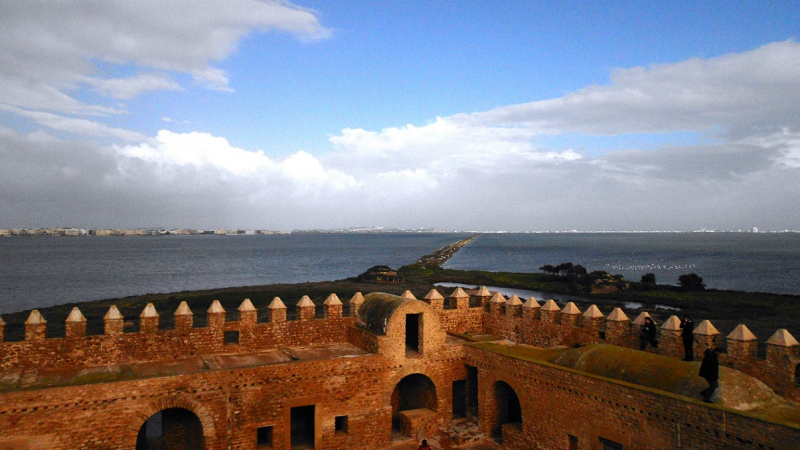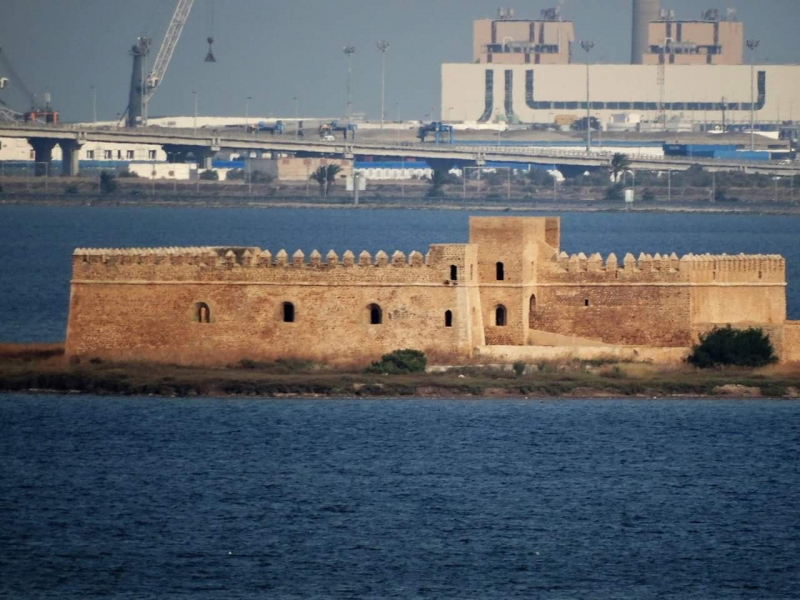Tunis Lake

Tunis Lake is the following name in the list of best lakes to visit in Tunisia. The Lake of Tunis is a natural lagoon located between the Tunisian capital city of Tunis and the Gulf of Tunis. The lake is 37 square kilometers in size, but despite this, it has a fairly shallow depth. It once served as Tunis's natural harbor. More than 100 different bird species can be found wintering in the lake, as well as egrets and yellow-legged gulls that build their nests there. Up to 500 tonnes of fish per year are produced by commercial fisheries in the lake. Since the turn of the 20th century, the lake has suffered significantly from modern urban growth. Both Ramsar sites and IUCN category IV natural reserves are located there. It is protected by the Forestry Code as a wetland of national importance (type VIII) and has been a natural reserve since 1993.
When the lake was still connected to the sea in the second century BC, it was the location of a Carthaginian port, the vestiges of which may still be seen today. The Aghlabids initially erected Chikly Fort on the island of Chikly between 800 and 900 AD, but it was eventually abandoned. At the site, archaeologists have also uncovered mosaics, ceramics, and coins from the Roman and Byzantine eras. The Medina of Tunis, a UNESCO World Heritage Site encircled by the contemporary city of Tunis, sits nearby the lakes, adding to their cultural appeal.
The location has been degraded over the 20th century by littering, eutrophication, residential wastewater, industrial runoff, inadequate drainage, population growth, and urban development. Additionally, traditional fishing and hunting have been abandoned, and there is little existing documentation. The water circulation greatly improved in the second part of the 20th century as a result of large-scale residential urbanization projects that included cleanup efforts. But at the same time, the city grew, the lakeshores were reclaimed, and cultural and ecological treasures were under threat. The vastly improved water quality and the gradual restoration of the lake's natural functions, however, are the outcomes of the extensive sanitation programs that have been implemented.
Location: Between Tunis and the Gulf of Tunis





